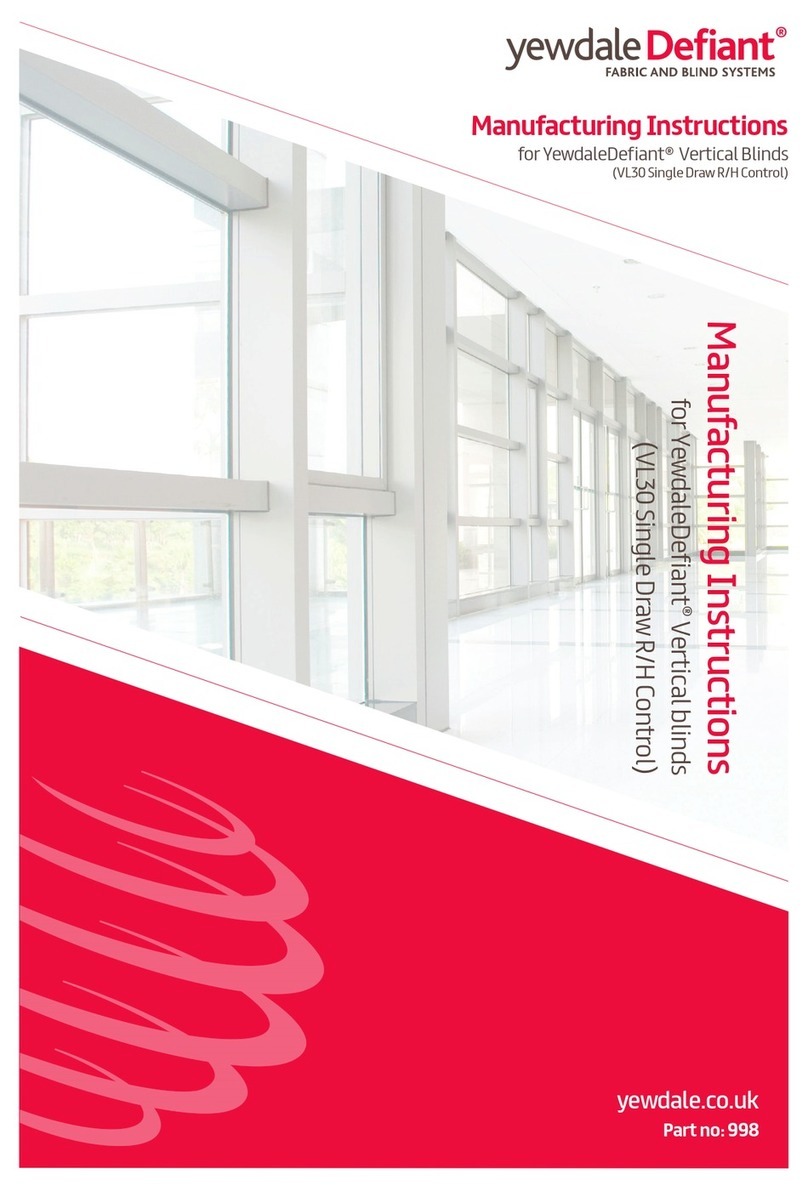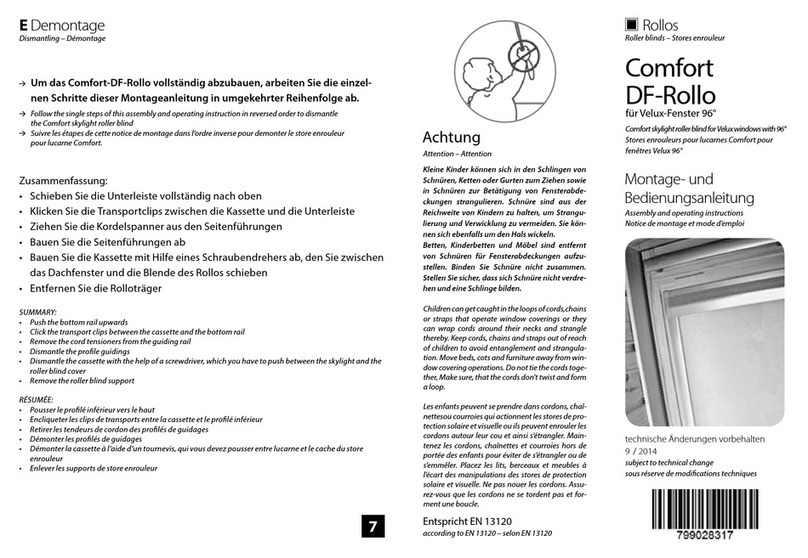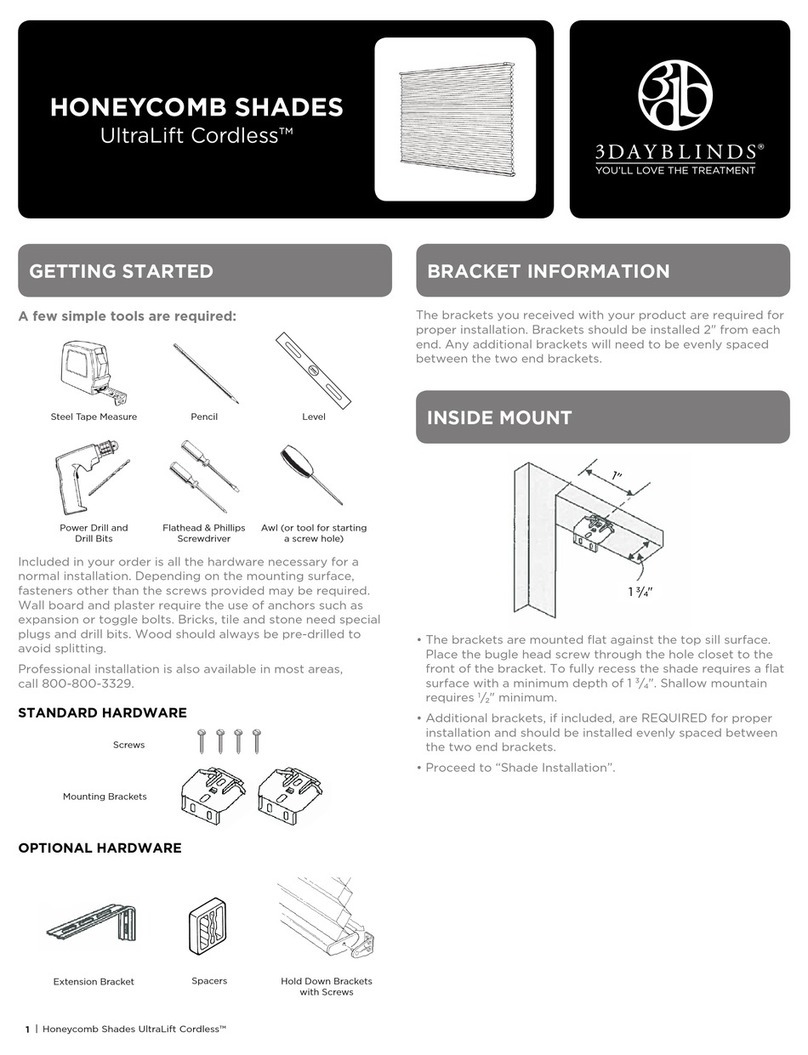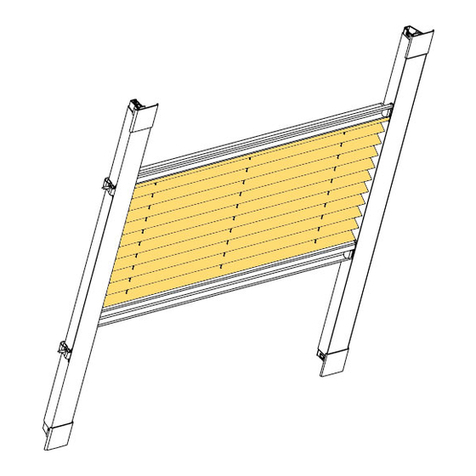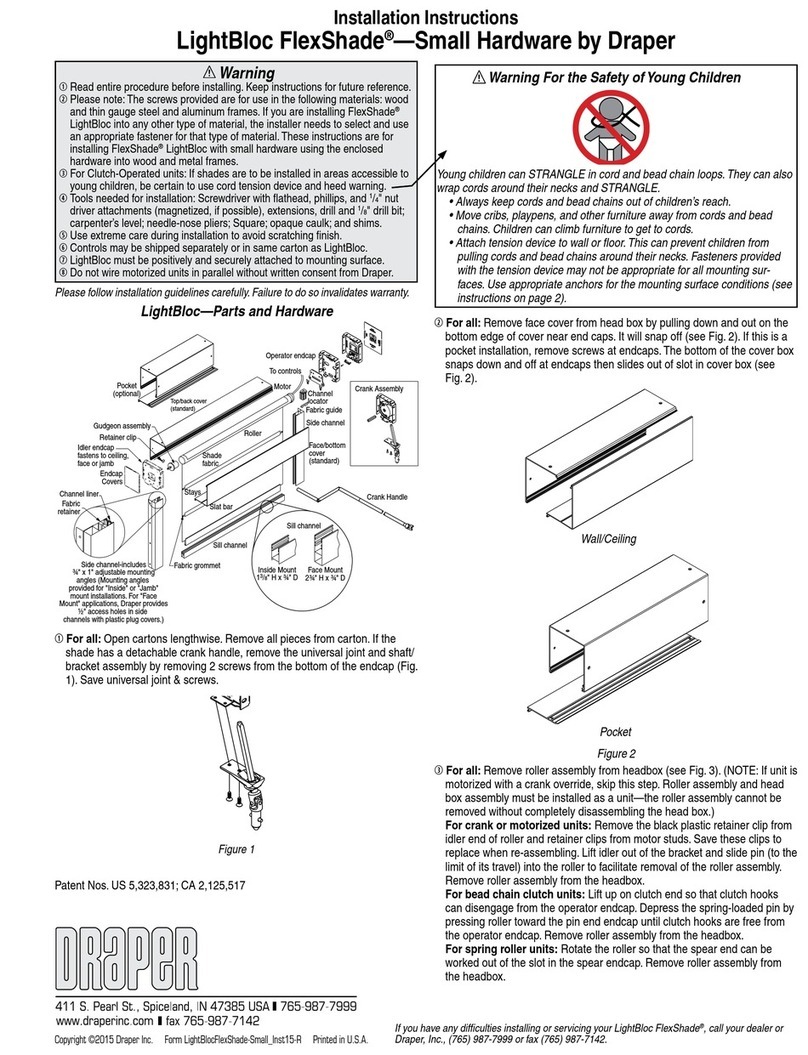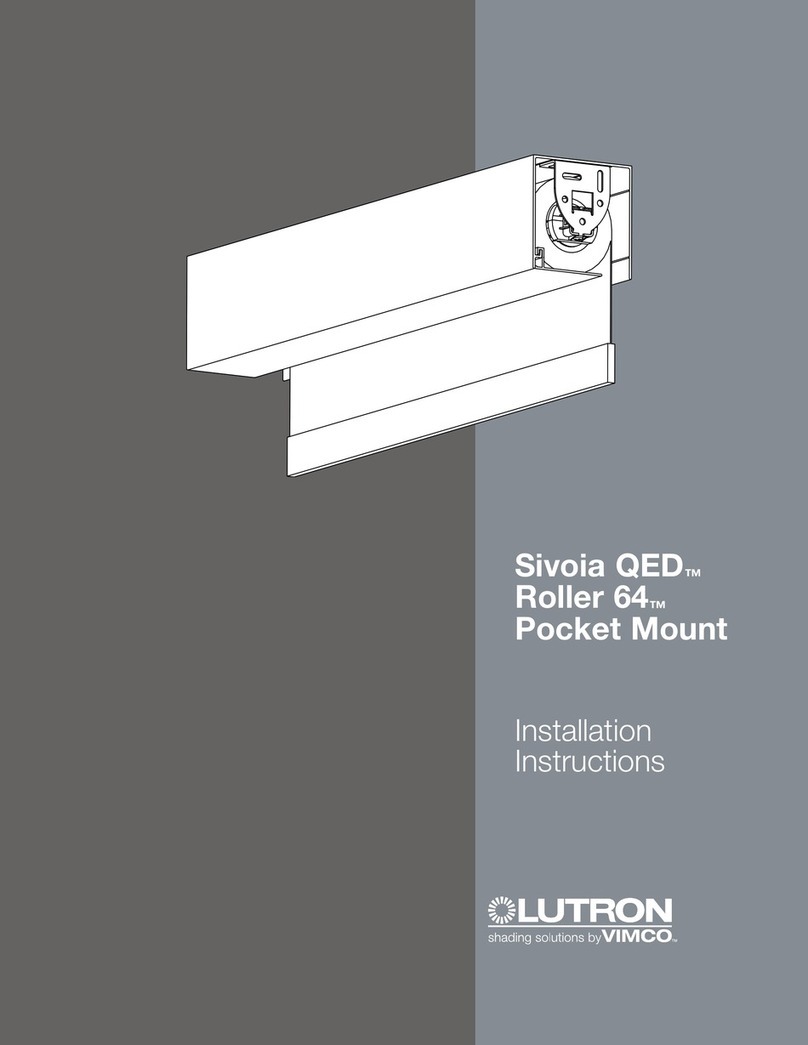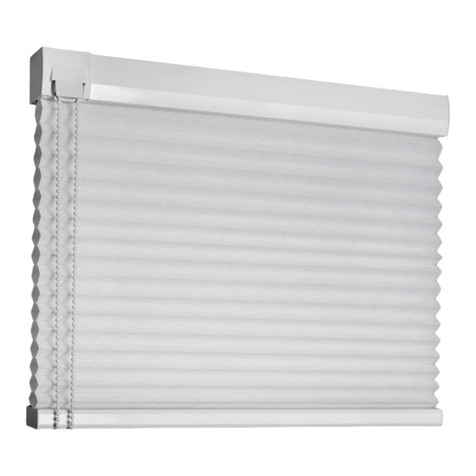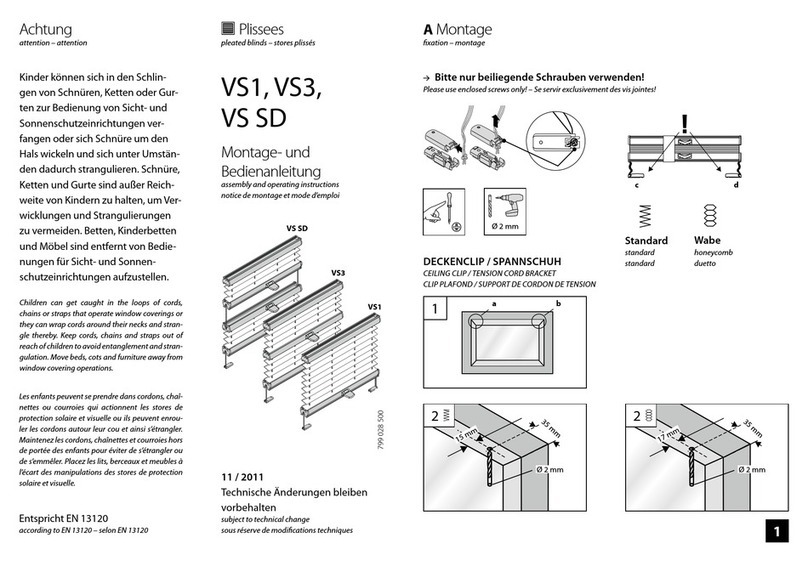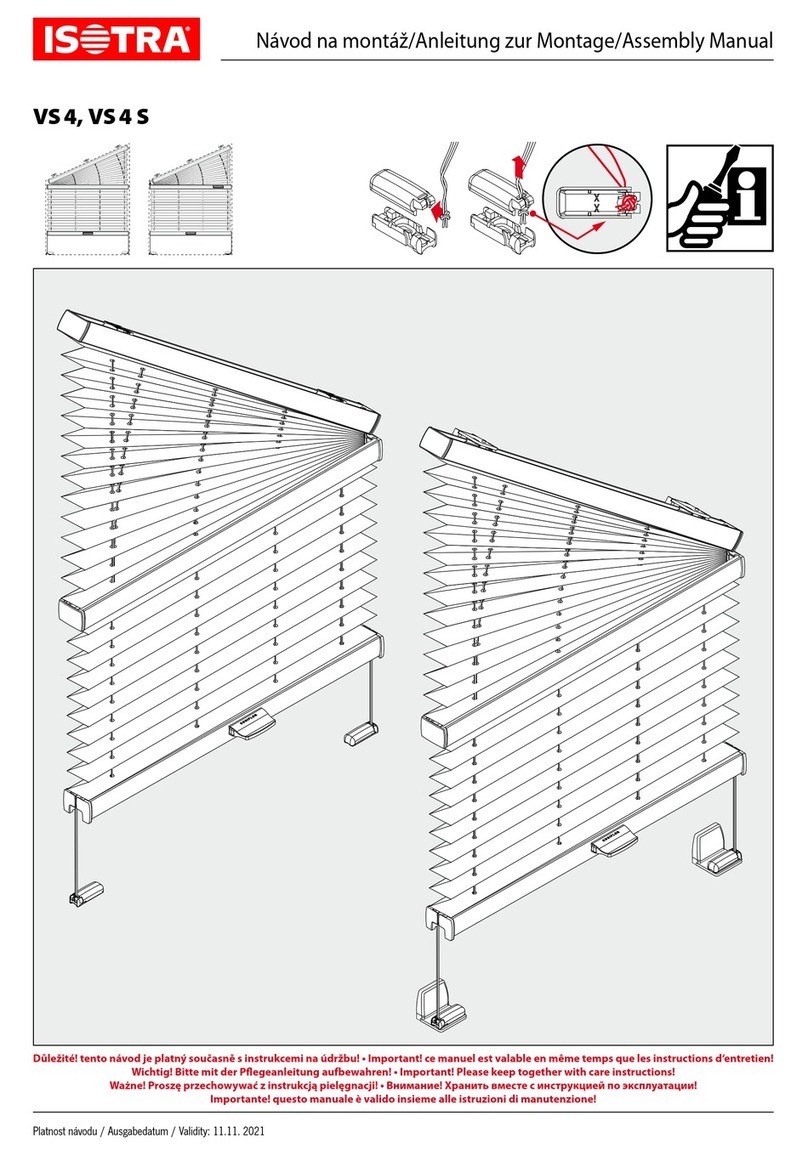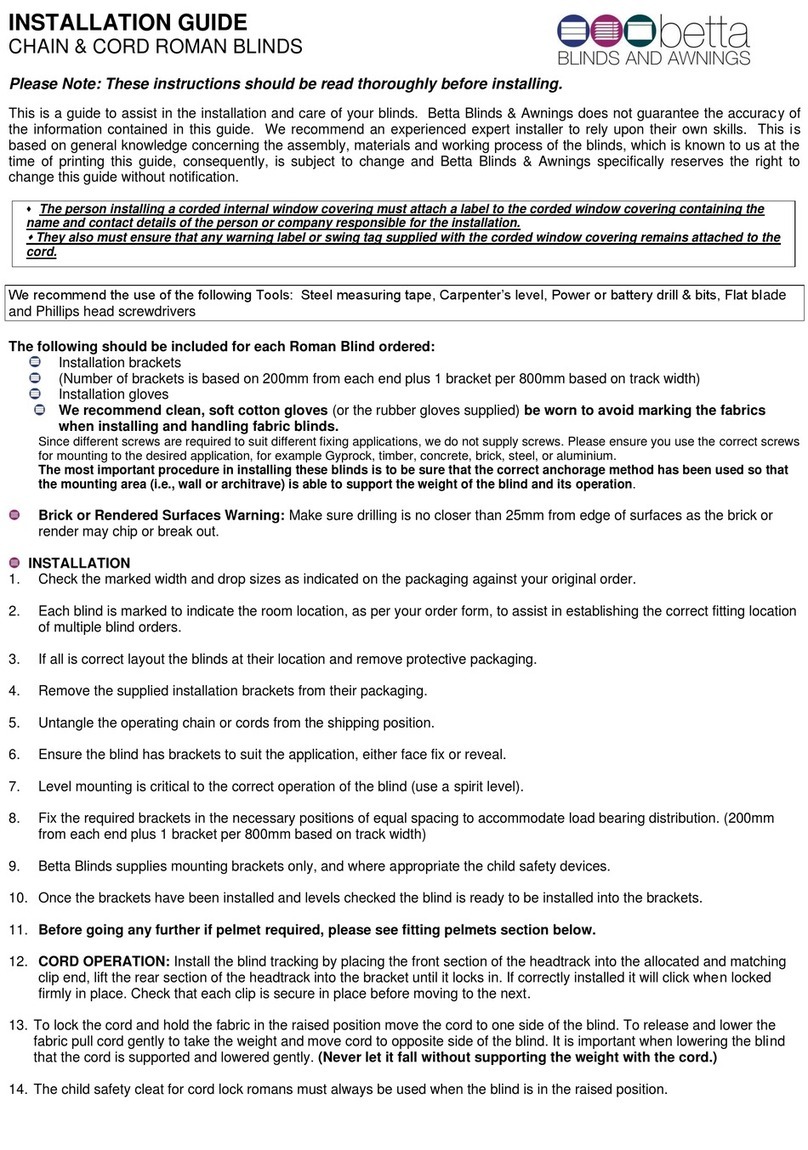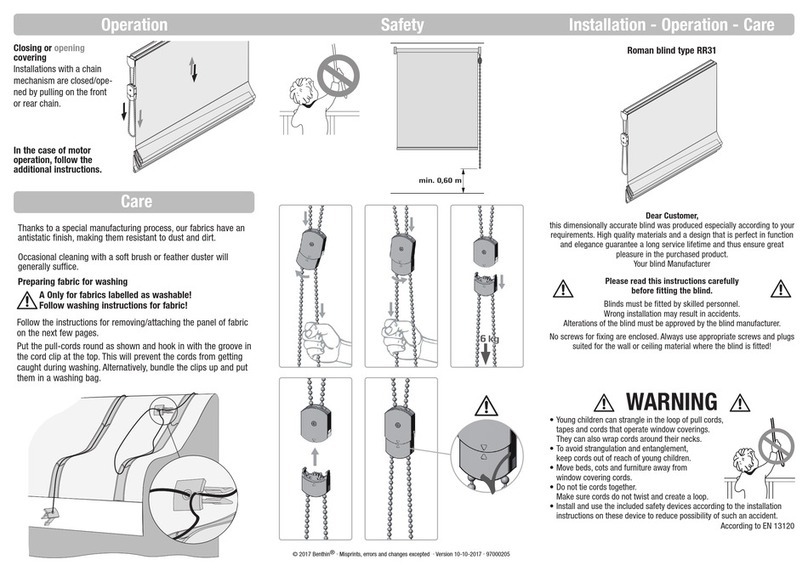Technical Support :
+44-(0)20-7702-0657
PROGRAMMING OVERVIEW
Sivoia QEDTM Quiet Electronic Drive Window System 2.2
system overview
Basic
Programming
Components
The components of a
Sivoia QED
system include:
Electronic Drive Units (EDUs) operated by keypads,
infrared (IR) transmitters, or contact closure inputs (CCIs).
EDUs, keypads, and CCIs are connected directly to the
Sivoia QED
Communications Link.
Each keypad, IR transmitter, and CCI can be setup to
operate all of the EDUs in the system, a single EDU, or any
combination of EDUs in a user-defined group.
Keypads are wall mounted and provide open, close,
preset, and momentary raise/ lower functions.
IR transmitters require an IR receiver that can be integral
to a keypad or CCI, or connected to an EDU. IR
transmitters provide open, close, preset, and momentary
raise/ lower functions.
CCIs are mounted in a panel, and provide input to the
Sivoia QED
system from another automation system. CCIs
provide open, close, preset, momentary raise/ lower, and
stop functions.
Factory Defaults
As shipped from the factory, the
Sivoia QED
system will
provide basic Open, Close, and momentary Raise and
Lower functionality. This allows wiring to be verified before
programming. As shipped from the factory, each keypad,
IR transmitter, and CCI will operate every EDU in the
system. Open and Close Limits will need to be set once
the EDUs are installed. The system will need to be
programmed in order to access all
Sivoia QED
features,
including storing presets, assigning EDUs to keypads, IR
transmitters and CCIs.
Planning
Before starting programming, determine which EDUs
should be operated by each keypad, IR receiver, and CCI in
the
Sivoia QED
system.
Programming
Program the system after all components have been
wired, installed, and powered. Programming the system
allows presets to be stored and recalled; limits to be
adjusted from keypads, CCIs, and IR transmitters; and
groups of EDUs to be assigned to keypads, CCIs, and IR
receivers.
Programming the
Sivoia QED
system consists of
addressing all of the components, setting an open and
close limit for each EDU, and assigning EDUs to each
keypad, IR receiver, and CCI.
Addressing – Addressing the
Sivoia QED
components is
required for the system to function properly. Addressing
can be accomplished from an EDU, a keypad, an IR
transmitter, or a CCI. After addressing a new system,
keypads, CCIs, and IR transmitters
will not operate
any EDU.
Finish system programming by setting EDU
limits and assigning EDUs to keypads, CCIs, and IR
receivers.
Setting Open and Close Limits – The open and close limits
must be set for every EDU. The open and close limits
determine how far an EDU will travel. If desired, limits can
be set using the buttons on the EDU before the system is
addressed.
Assigning EDUs – Assignment is required and determines
which EDU will be operated by each keypad, IR
transmitter, and CCI. After addressing, no EDUs are
assigned to keypads, CCIs or IR receivers. Assigning EDUs
to keypads, CCIs, or IR receivers allows operation of an
individual, a user-defined group of EDUs, or all EDUs as
desired.





















